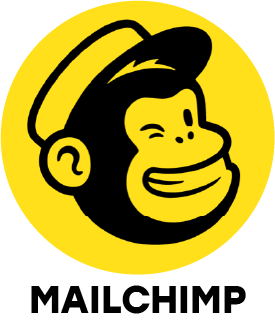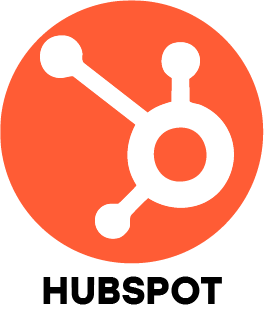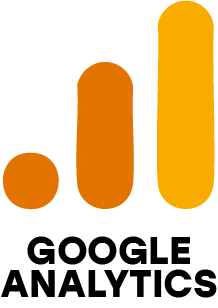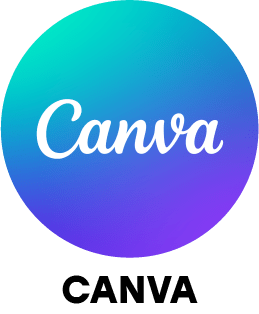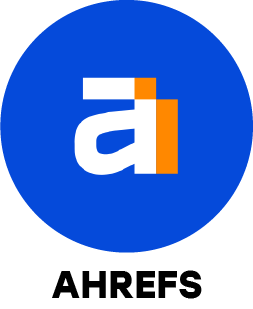1. What is the difference between traditional and digital marketing?
Ans:
Digital marketing advertises goods and services using online channels like a search engines, social media, email and websites. Unlike traditional marketing methods such as TV, newspapers and radio, digital marketing is interactive, cost-effective, trackable and allows real-time targeting and engagement.
2. How do SEO and SEM differ?
Ans:
Search Engine Optimization focuses on improving their website’s visibility in unpaid (organic) search results through content, keywords and backlinks. SEM (Search Engine Marketing) includes paid strategies like Google Ads. SEO is long-term and free, while SEM offers quicker, paid results.
3. How is the success of a digital marketing campaign measured?
Ans:
Success is measured using KPIs (Key Performance Indicators) like website visits, click-through rate (CTR), conversion rate, bounce rate, ROI and cost-per-acquisition (CPA). Tools like Google Analytics and campaign dashboards help track and evaluate these metrics.
4. Which tools do you use for keyword research and SEO analysis?
Ans:
I use tools such Google Keyword Planner, SEMrush, Ahrefs, Ubersuggest and Moz for keyword research. For SEO audits and performance tracking, I rely on Google Search Console, Screaming Frog and Yoast SEO for optimizing web pages.
5. Can you describe a successful campaign you managed?
Ans:
I ran a lead generation campaign for a training institute using SEO, Google Ads, Facebook retargeting and email follow-ups. The campaign boosted lead volume by 40% in two months while reducing cost per lead by 25%, delivering excellent results.
6. How do Google Ads work and which metrics matter most in PPC?
Ans:
Google Ads runs on a pay-per-click (PPC) model, where ads appear based on keyword bids, ad quality and relevance. Important metrics include click-through rate (CTR), cost-per-click (CPC), conversion rate, Quality Score, impression share and ROI.
7. Why is Google Ads Quality Score important?
Ans:
Quality Score measures how relevant your ads, keywords and landing pages are. A higher score can reduce your cost-per-click and improve ad rankings. It plays key role in improving performance and reducing ad spend.
8. How would you increase social media engagement for a brand?
Ans:
To boost engagement, I’d analyze past content, post regularly, use formats like videos, reels and polls and interact with followers. I’d also include influencer collaborations and user-generated content to drive more interaction and reach.
9. What are the main parts of a strong email marketing strategy?
Ans:
A solid strategy includes segmenting your audience, writing catchy subject lines, personalizing content, adding clear CTAs and tracking performance. Using A/B testing and automation helps improve open rates and conversions.
10. How do you remain updated with algorithms and changes in digital marketing?
Ans:
I follow blogs like Moz, HubSpot and Search Engine Journal, attend webinars and subscribe to Google Search Central updates. I also join online communities, take courses and test new strategies to stay current with changes.






